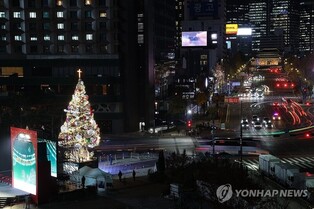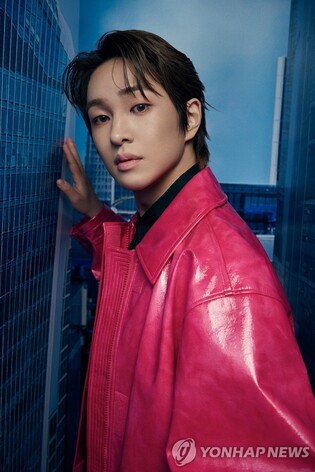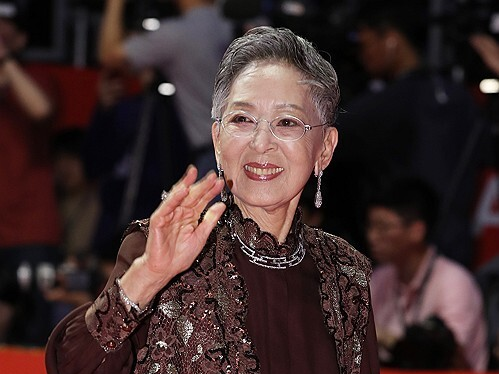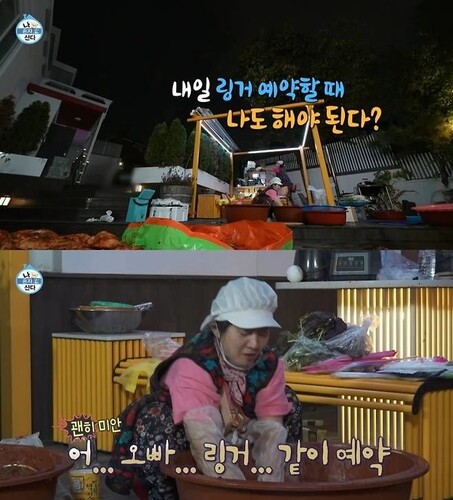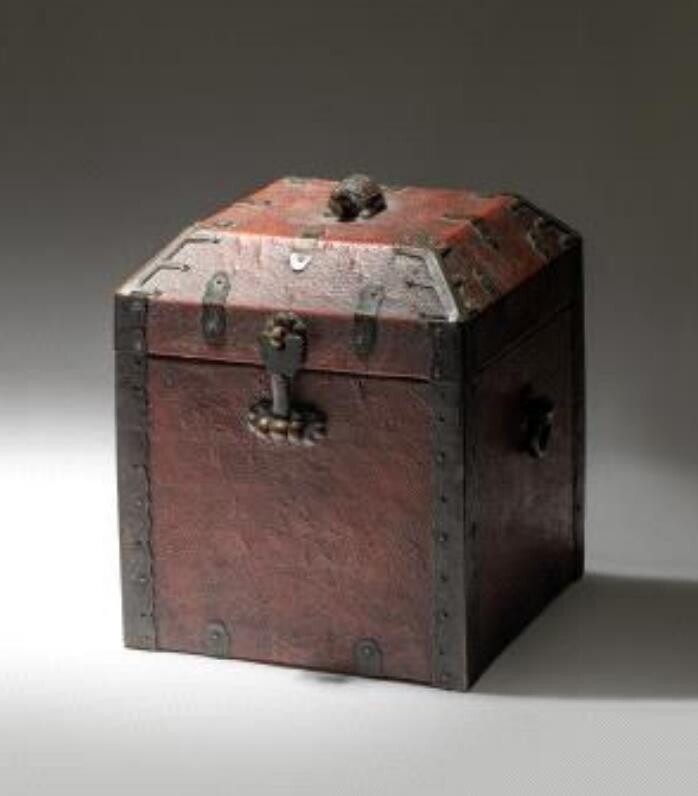 |
| ▲ This photo, provided by the Cultural Heritage Administration and the Overseas Korean Cultural Heritage Foundation, shows borok which has returned this time. (PHOTO NOT FOR SALE) (Yonhap) |
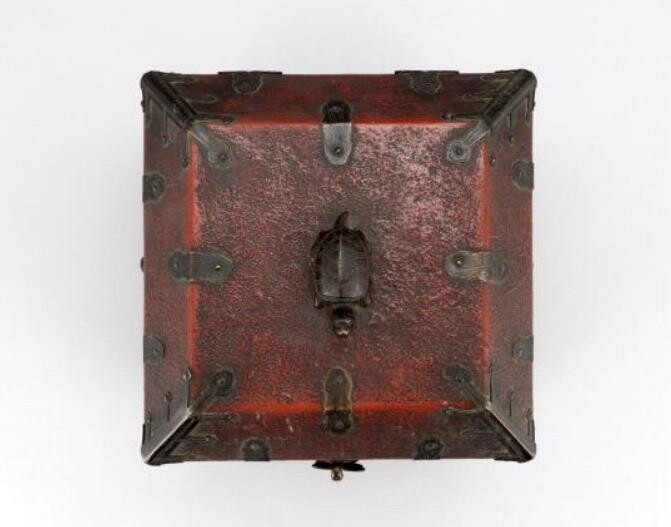 |
| ▲ This photo, provided by the Cultural Heritage Administration and the Overseas Korean Cultural Heritage Foundation, shows the top part of borok which has returned this time. (PHOTO NOT FOR SALE) (Yonhap) |
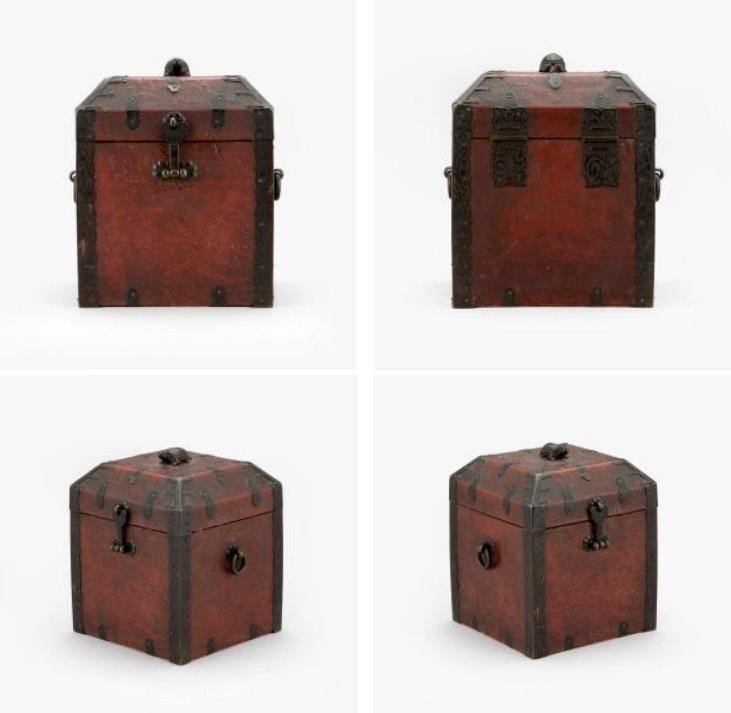 |
| ▲ This photo, provided by the Cultural Heritage Administration and the Overseas Korean Cultural Heritage Foundation, shows borok which has returned this time. (PHOTO NOT FOR SALE) (Yonhap) |
SEOUL, July 27 (Yonhap) -- Eobo (royal seals), a ceremonial seal made to commemorate the achievements of Kings and Queens is divided into "Guembo" and "Okbo" according to its material.
After the death of the owner, the eobo, which were produced during royal ceremonies including royal weddings were kept in the Jongmyo Shrine, which enshrines the ensigns of successive Kings and Queens. It has become a symbol of protecting the country and the royal family forever.
"Borok," a box that stores these eobos, has returned back to Korea after wandering abroad.
The Cultural Heritage Administration and the Overseas Korean Cultural Heritage Foundation announced on Tuesday that with the support of Riot Games, a global game company, they purchased Borok from a British company on July 12 and brought it back to Korea.
According to records, eobo was usually stored in "Botong," the inner case of the royal seal, and "Borok," the outer case of the royal seal. While it is common to make a borok when making eobo, there are also cases where one uses the previously made boroks.
The borok that came in this time is a box measuring up to 23 cm in width, 23 cm in length, and 27.5 cm in height.
Made of wood, leather, and silk, this borok has a turtle-shaped upper handle. It is estimated that it was made in the 19th century, given that the hinges are characterized by a long lower leaf that have been affixed to the case with copper wire, and the interior has been lined with silk tabby.
The foundation explained that in each corner of the borok, there is also a kind of decoration called "mossagae," and that the long hinge or "mossagae" is a characteristic that appears in borok made after the 1800s, the late Joseon Dynasty.
In December of last year, the foundation received information that this Borok was being traded, and immediately began to recover its information.
At the time, this relic was being negotiated for sale by a corporation that traded antiques in the UK after winning a bid at an auction.
Before the auction, it was identified that it was owned by an individual living in the UK, and was in process for negotiating specific conditions with the corporation wishing to purchase it.
The foundation decided that it was necessary to bring Borok, a cultural property of the Joseon Dynasty, into Korea, so it went through a legal review and was purchased after a long process of persuasion.
It took about 7 months to check the transaction information, review and decide. Considering that it usually takes several months only to evaluate or review cultural heritages, this is a meaningful case of return.
"Borok symbolizes the legitimacy and historicity of the Joseon Dynasty as it was made for the King and Queen according to royal rites, and were not mass-produced for everyone like seal boxes," said an official from the foundation.
Riot Games, which has been playing the role of a "protector of cultural assets," contributed a lot this time.
After signing an agreement with the Cultural Heritage Administration in 2012, Riot Games helped bring back five Cultural Heritage assets, including the Joseon-era Buddhist painting Shakyamuni Triad, Bamboo Investiture Book for the Consort of Crown Prince Hyomyeong and Printing Woodblock of Cheokam seonsaeng munjip (Collected Works of the Independence Activist Kim Do-hwa). With Borok, it is the 6th time.
Borok, which returned this time, will be managed by the National Palace Museum of Korea.
The museum has a total of 312 Borok and Inrok (boxes containing the seals of the Crown Prince, Crown Princess, and Crown Prince) transferred from Jongmyo Shrine. All of the existing Boroks were made over 300 years from the 1600s till the reign of Emperor Sunjong.
In the case where only the borok is found like this time, additional investigations and research are expected to be held in order to reveal the owner.
Borok will be unveiled in August through the exhibition, "Treasures of Ours, Treasured by Others-Journey of Korean Cultural Heritage" currently being held at the National Palace Museum of Korea.
(This article is translated from Korean to English by Haemin Kim.)
(END)
(C) Yonhap News Agency. All Rights Reserved


















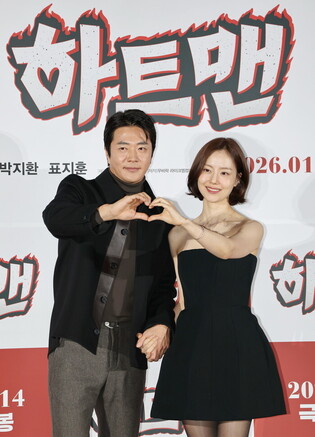
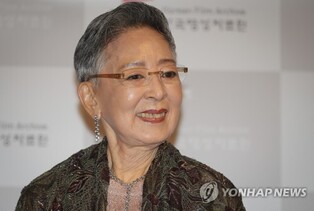

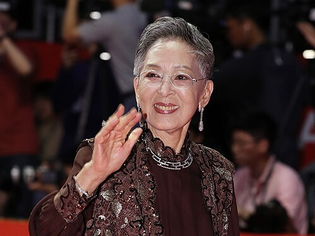
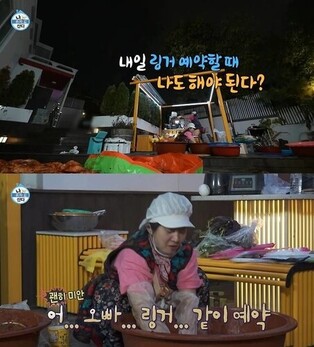
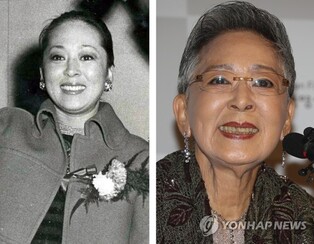
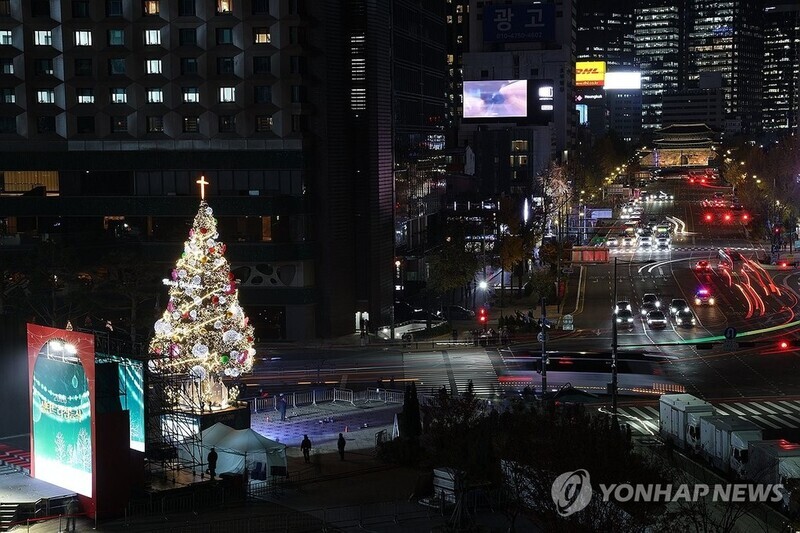
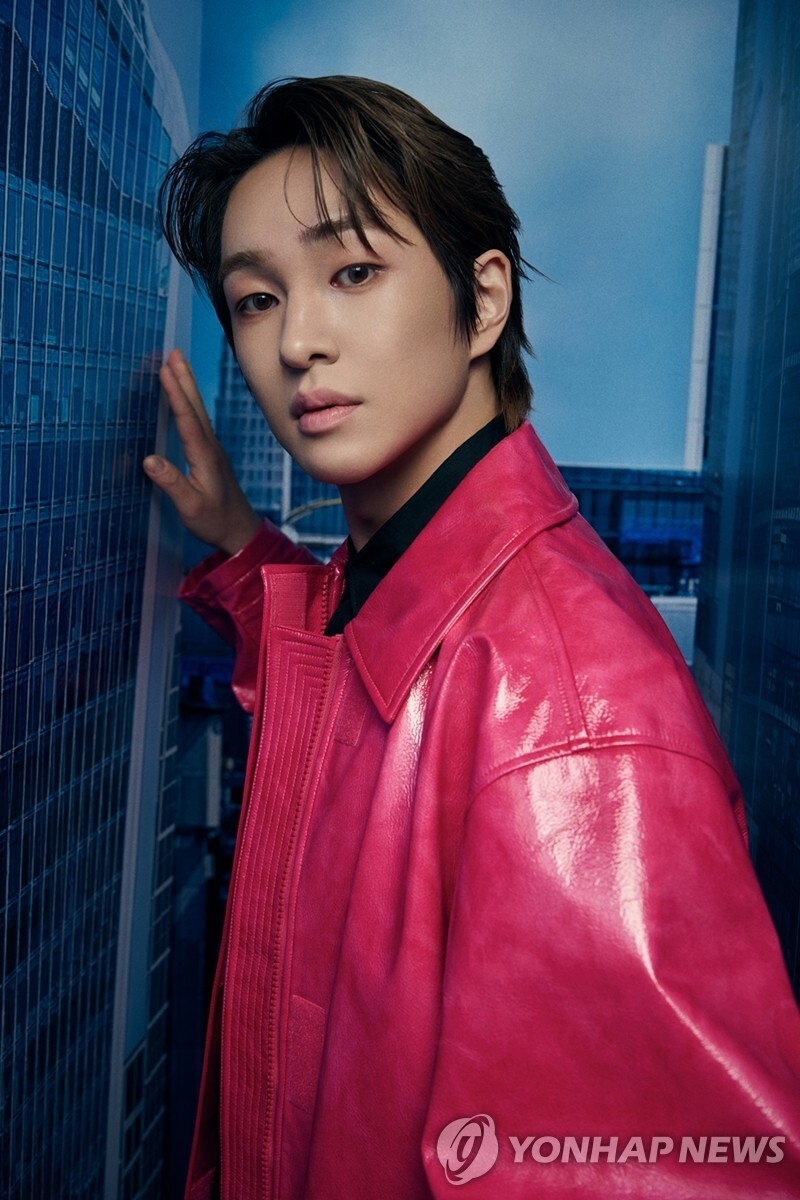
![[가요소식] 10대 싱어송라이터 민서, 데뷔 싱글](/news/data/20251211/yna1065624915952705_742_h2.jpg)
